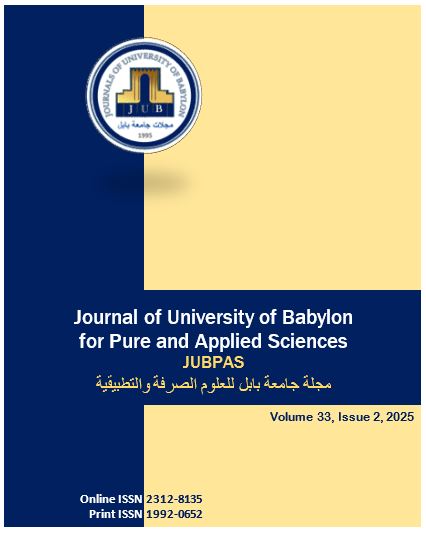Soil Texture Characteristics in Iraq: A Key to Optimizing Agricultural Sustainability and Land Productivity
Main Article Content
Abstract
Background
It's been documented that Iraq houses numerous soil types that exist as an expression of varied climates, landscapes, and land-use patterns. This study focuses on the physical and chemical soil characteristics existing within five of Iraq's major geographical regions: Al-Anbar, Baghdad, Basrah, Erbil, and Diyala.
Materials and Methods
Analysis showed significant variation in salinity, organic matter content, bulk density, and soil texture from one region to another. For example, Al-Anbar soils are predominantly sandy (82%), with a high bulk density (1.60 g/cm³) and low organic matter (0.6%). On the other hand, clay-rich soils found in Basrah are extremely saline (EC = 8.0 dS/m, ESP = 45%), although bulk density is much lower (1.25 g/cm³).
Results
Baghdad and Diyala were loamier with more balanced textures and moderate fertility, as well as organic matter of between 1.8 and 1.9%. The hilly soils of Erbil, being of moderate permeability and low salinity (EC = 1.9 dS/m), were suitable for crop rotation and orchards.
Conclusion:
The findings clearly indicate that soil management practices are region-specific, calling for organic amendment applications to sandy soils, improved drainage in saline clay soils, and conservation methods in loamy areas.
Article Details
Section

This work is licensed under a Creative Commons Attribution 4.0 International License.
